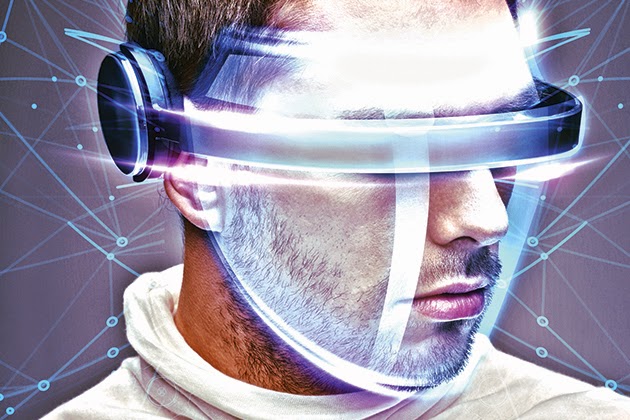Virtual Reality Comes to the Web—
Maybe for Real This Time in 2015
""Get ready to take the stage with Paul McCartney. If that’s not your thing, you can test-drive the latest SUV before it's available in showrooms or experience a movie as though you're in the scene. That's been the promise of virtual reality (VR) for years, although stepping into an immersive three-dimensional virtual world has always required expensive stereoscopic head-mounted displays and other specialized equipment.
A new, more accessible form of virtual reality delivered via the Web promises to let people experience digital worlds in 3-D using head-mounted displays connected to a variety of browser-enabled devices. Web VR is expected to offer the ability to move you from one immersive experience to another with a click of the mouse, touch of the screen or nod of the head. Web VR will let software developers port their virtual worlds to the Web, making them available for most VR hardware.
Google and Mozilla are setting these wheels in motion within the next month or so when they deliver updated Chrome and Firefox browsers that support Web VR. Facebook’s $2-billion acquisition of VR headset maker Oculus VR earlier this year and the release of relatively inexpensive headsets from Samsung and Google provide further evidence that Web VR could be ready for wider use.
VR for the masses
Web VR has been around since the early 1990s, when virtual reality modeling language, or VRML, aimed to allow the creation of virtual worlds—such as Second Life—linked together via the Web. But VRML could only be rendered using heavy-duty graphics workstations more likely found in a computer science lab or a data center than in one’s home. Although work on VRML continues, this first attempt was way ahead of the hardware.
The availability of content will largely define Web VR’s success. Businesses have already begun buying into the concept of immersive advertising, thanks in large part to Facebook’s investment in Oculus. Beer brewery Dos Equis created a promo that places you at a fancy party with “The most interesting man in the world.” To promote its new XC90 SUV Volvo created Volvo Reality, a virtual test drive and look at the car. Meanwhile the Sundance Film Festival's 2015 New Frontiers program, which showcases nontraditional and multimedia storytelling, will offer nine virtual reality works employing a variety of technologies. And Jaunt's virtual Paul McCartney app lets you walk around McCartney's piano, peering over his shoulder or looking into his eyes as he sings "Live and Let Die."
All of these projects are app-based: Just like a smartphone app, you have to find them and download them individually to your computer or phone—and most of them will run on only one kind of headset. Available gadgets include the still-in-beta Oculus Rift (targeted more at programmers than the average user) and Samsung Gear VR. Google's DIY Cardboard is an odd entry; the company offers directions to help you make a cardboard headset with lenses that you put over a smartphone to see VR content.""
Original Article Continued Here:










1 comment:
Good information...virtual reality has lot of advantages which leads to meet the requirements without any errors. It has been used in many business industries.
Virtual Reality Shopping in Florida
VR real estate in Florida
VR architecture in Florida
Post a Comment